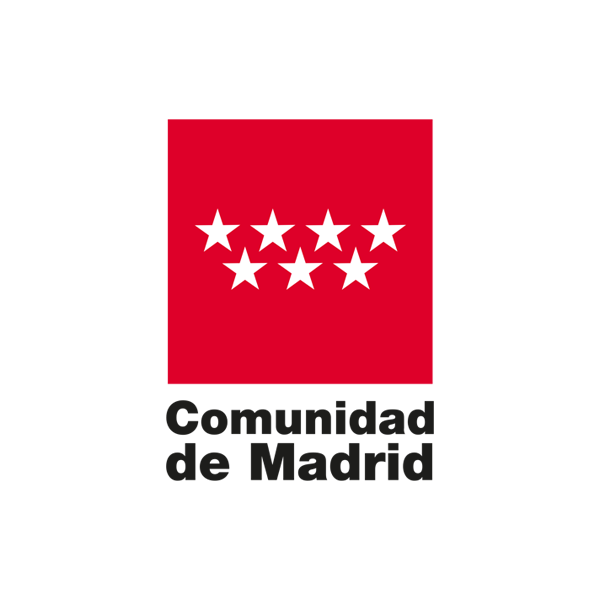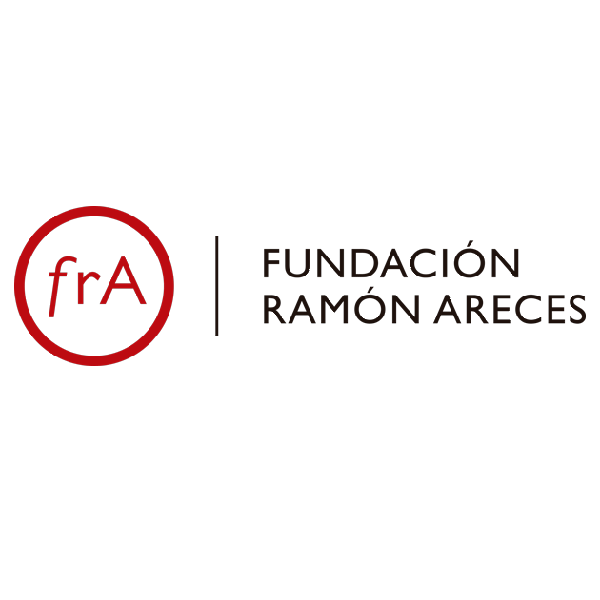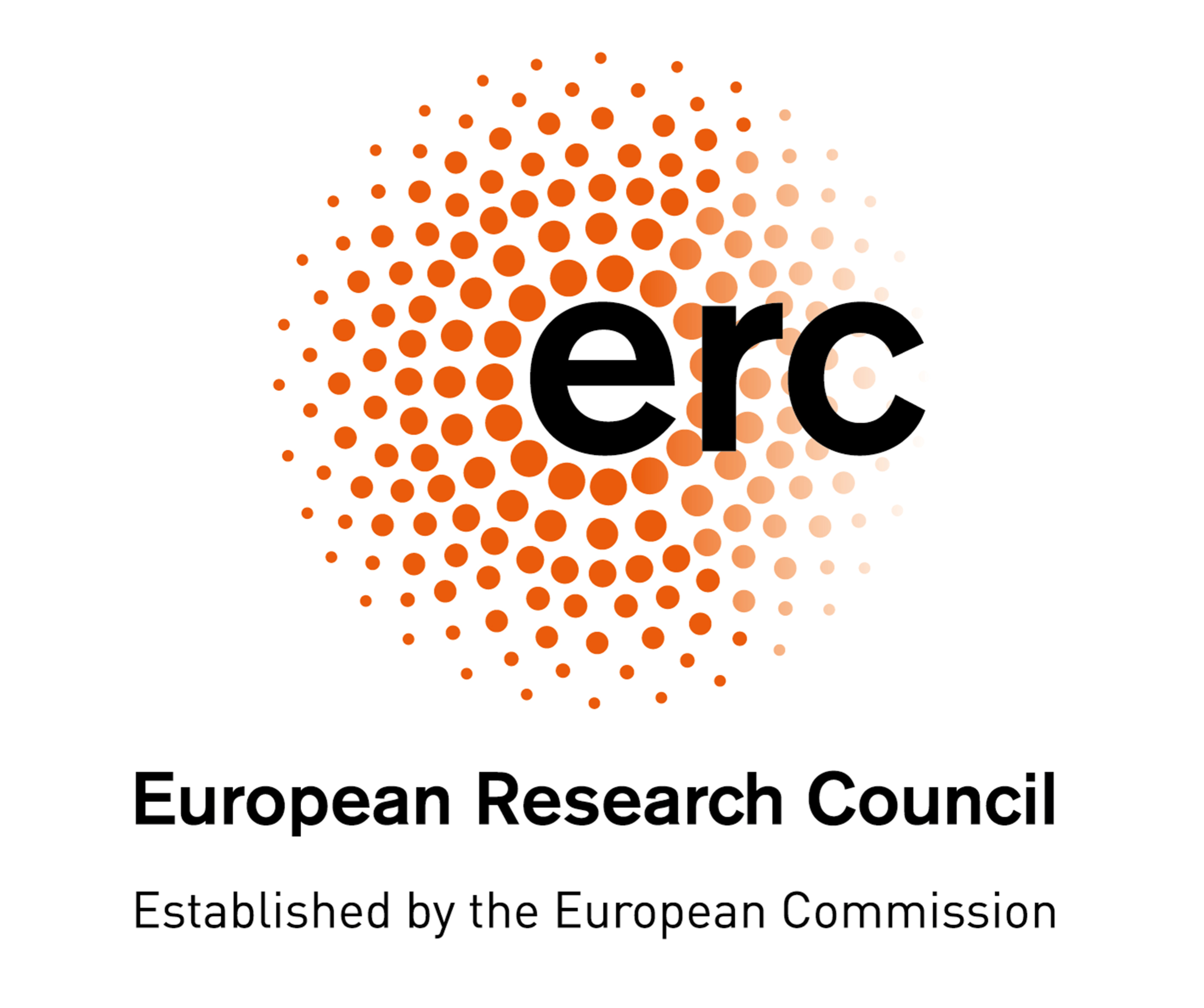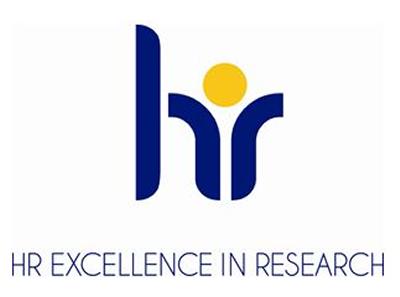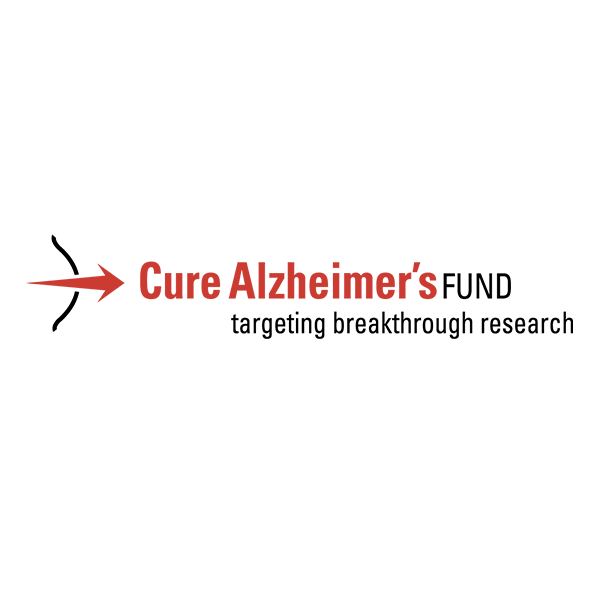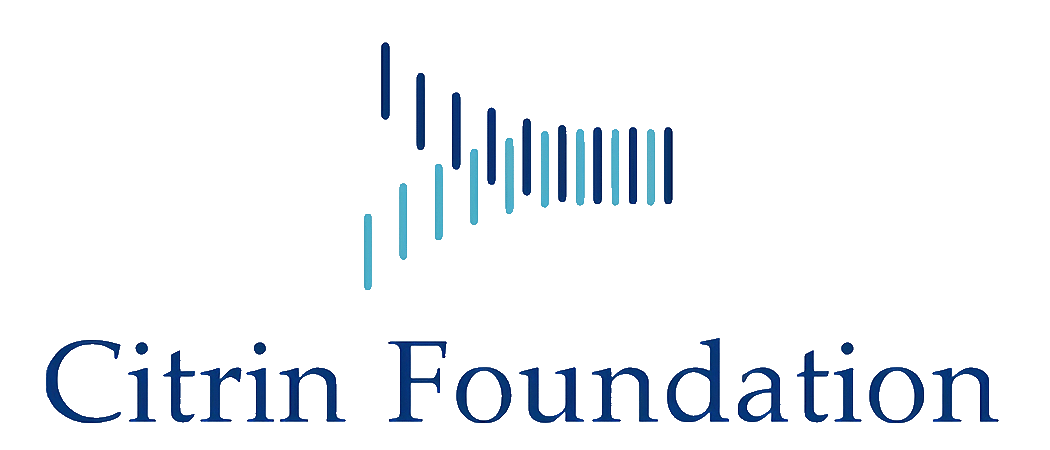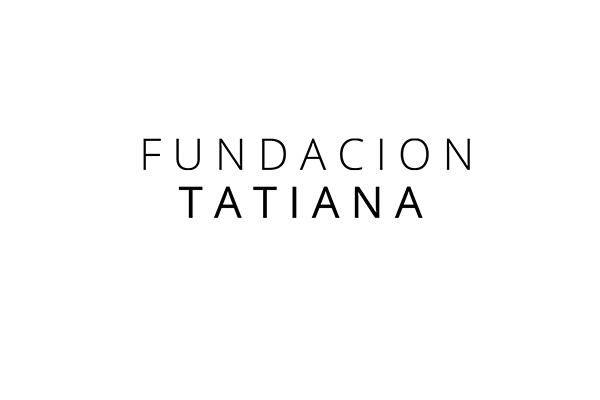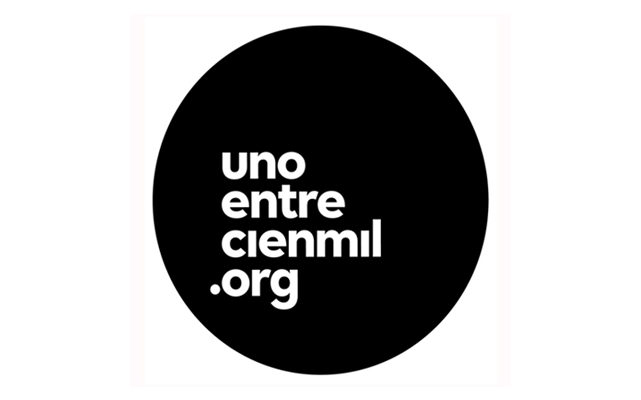Signal transduction by the T-cell antigen receptor
Research summary:
T-lymphocyte activation requires recognition of antigenic peptides on MHC (pMHC) by the T cell antigen receptor (TCR). The TCR contacts the antigen extracellularly through its variable α and β chains, which have very short cytoplasmic tails, so that signal initiation is passed on to the CD3 subunits, which contain longer tails that can contact intracellular interactors. We have found that the TCR is organized in the plasma membrane of resting T cells as oligomers of up to 20 TCRs that we have named as TCR nanoclusters. We believe that the organization of the TCR in nanoclusters can explain in part the high sensitivity of T cells for antigen in spite the low affinity of the monovalent TCR for pMHC. Indeed, we have recently found that TCR nanoclustering allows cooperativity phenomena between pMHC-engaged and non-engaged TCRs. In addition, we have proposed that conformational changes mediate the conversion of pMHC-TCR contacts into CD3-driven intracellular signals, thus triggering the TCR. One of the consequences of the conformational change in the TCR is the exposure of a proline-rich sequence (PRS) of CD3ε that becomes available for binding to the adaptor protein Nck. We have developed small molecular weight inhibitors of the recruitment of Nck to the TCR as immunomodulatory agents. These inhibitors are orally available and show a potent prophylactic and therapeutic effect in different models of autoimmune diseases while sparing the T cell response to pathogens. Another direct effector of the TCR is the small GTPase RRas2 (also known as TC21), which binds constitutively to the non-phosphorylated TCR and plays important roles in homeostatic signaling through PI3K. We are studying the role of RRas2 in physiological processes of T and B lymphocytes such as homeostatic control of the populations, formation of the immunological synapse, thymic selection, germinal center formation, as well as in pathological processes such as formation of T and B cell lymphomas and leukemias. Our most exciting recent findings suggest that RRas2 is an oncogenic driver in the generation of chronic lymphocytic leukemias and some types of breast cancer. RRas2 drives the generation of cancer in the absence of activating mutations which are common in KRas and other classic Ras GTPases.
We are trying to figure out the mechanisms and the relevance of RRas2 for human cancer.

Figure 1. Altered mitochondria morphology that exhibit few and poorly differentiated cristae in germinal center B cells from Rras2-deficient mice.
Scale bar= 500 nm

Figure 2. Cooperative effect on ligand pMHC binding within TCR nanoclusters. Binding of pMHC tetramer to two TCRs within a nanocluster promotes the adoption of the Active conformation by all TCRs in the cluster. The Active conformation facilitates subsequent binding of pMHC to unbound TCRs.
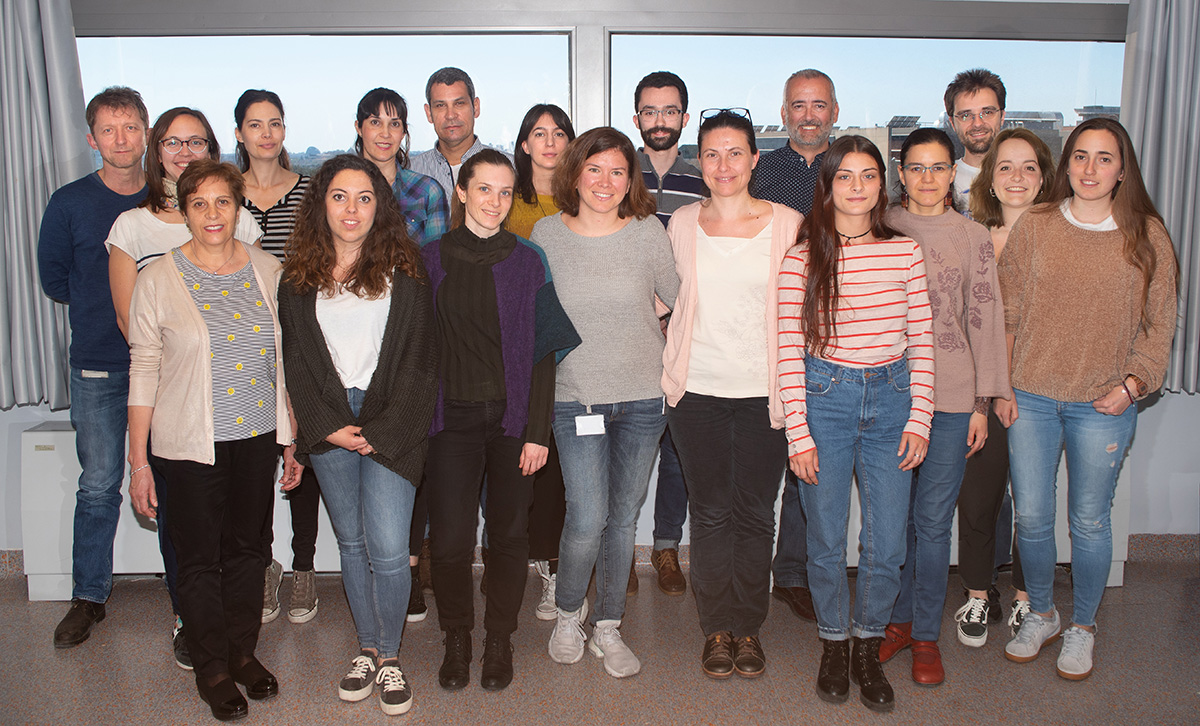
| Last name | Name | Laboratory | Ext.* | Professional category | |
|---|---|---|---|---|---|
| Alarcón Sánchez | Balbino | 221 | 4555 | balarcon(at)cbm.csic.es | E. Profesores de Investigación de Organismos Públicos de Investigación |
| Arellano Rojo | Irene Azahara | 221 | 4600 | iarellano(at)cbm.csic.es | M3 |
| Blanco Ferreras | Valentina | 221 | 4600 | vblanco(at)cbm.csic.es | E.Auxiliares De Invest. De Los Oo.Publicos De Investigacion |
| Borroto Revuelta | Aldo Jorge | 221 | 4600 | aborroto(at)cbm.csic.es | Doctor |
| Cifuentes Caballero | Claudia | 221 | 4600 | c.cifuentes(at)cbm.csic.es | M3 |
| Gómez Aranda | Tania Alejandra | 221 | 4600 | tgomez(at)cbm.csic.es | Ayudante Investigación |
| Grubisic | Lena | 221 | 4600 | Becario Erasmus | |
| Hortal Borowski | Alejandro Miguel | 221 | 4600 | ahortal(at)cbm.csic.es | M2 |
| Howells | Leonie Alexandra | 221 | 4600 | Estudiante | |
| Lombard | Alice Marie Stephanie | 221 | 4600 | alombard(at)cbm.csic.es | M3 Predoc.formación |
| Tercero Malo | Rut | 221 | 4600 | rtercero(at)cbm.csic.es | Titulado Sup. Actividades Tecn. y Prof.GP1 |
Relevant publications:
- A. Borroto, D. Reyes-Garau, M. A. Jiménez, E. Carrasco, B. Moreno, S. Martínez-Pasamar, J. R. Cortés, A. Perona, D. Abia, S. Blanco, M. Fuentes, I. Arellano, J. Lobo, H. Heidarieh, J. Rueda, P. Esteve, D. Cibrián, A. Martinez-Riaño, P. Mendoza, C. Prieto, E. Calleja, C. L. Oeste, A. Orfao, M. Fresno, F. Sánchez-Madrid, A. Alcamí, P. Bovolenta, P. Martín, P. Villoslada, A. Morreale, A. Messeguer, & B. Alarcon. (2016). First-in-class inhibitor of the T-cell receptor for the treatment of autoimmune diseases. Sci Transl Med 8(370):370ra184. doi: 10.1126/scitranslmed.aaf2140. Classified as of Special Significance in its field by Faculty of 1000.
- Pilar Mendoza, Nuria Martínez-Martín, Elena R. Bovolenta, Diana Reyes-Garau, Pablo Hernansanz-Agustín, Pilar Delgado, Manuel D. Diaz-Muñoz, Clara L. Oeste, Isabel Fernández-Pisonero, Ester Castellano, Antonio Martínez-Ruiz, Diego Alonso-Lopez, Eugenio Santos, Xosé R. Bustelo, Tomohiro Kurosaki, & Balbino Alarcón. (2018). RRas2 is required for germinal center formation to aid B cells during energetically demanding processes. Science Signaling 11, eaa1506. doi: 10.1126/scisignal.aal1506
- Martin-Blanco N, Blanco R, Alda-Catalinas C, Bovolenta ER, Oeste CL, Palmer E, Schamel WW, Lythe G, Molina-París C, Castro M, Alarcon B. (2018). A window of opportunity for cooperativity in the T Cell Receptor. Nat Commun. 9(1):2618. doi: 10.1038/s41467-018-05050-6
- Martínez-Riaño A, Bovolenta ER, Mendoza P, Oeste CL, Martín-Bermejo MJ, Bovolenta P, Turner M, Martínez-Martín N, Alarcón B. (2018). Antigen phagocytosis by B cells is required for a potent humoral response. EMBO Rep. 19(9). pii: e46016. doi: 10.15252/embr.201846016
- Martínez-Riaño A, Bovolenta ER, Boccasavia VL, Ponomarenko J, Abia D, Oeste CL, Fresno M, van Santen HM and Alarcon B. (2019). RRAS2 shapes the TCR repertoire by setting the threshold for negative selection. J Exp Med. Jul 19. pii: jem.20181959. doi: 10.1084/jem.20181959
Doctoral theses:
- Pilar Mendoza Daroca (2016). La GTPasa RRas2 regula la demanda energética de los linfocitos B durante la reacción de centro germinal. Universidad Autónoma de Madrid. Director: Balbino Alarcón.
- Ana Martínez Riaño (2017). B cell receptor-dependent antigen phagocytosis drives the germinal center response in vivo and in vitro. Universidad Autónoma de Madrid. Director: Balbino Alarcón.
- Enrique Calleja Sierra (2017). Regulación de la actividad de la GTPasa RRas2 por interacción directa con los receptores de antígeno. Universidad Autónoma de Madrid. Director: Balbino Alarcón.
- Viola Lucrezia Boccasavia (2018). Relevance of antigen presentation by T cells on T cell differentiation. Universidad Autónoma de Madrid. Director: Balbino Alarcón.
- Elena Rodríguez Bovolenta (2018). Regulation of pre-TCR and TCR function by the transmembrane domain of CD3ζ chain during T cell development. Universidad Autónoma de Madrid. Director: Balbino Alarcón.



